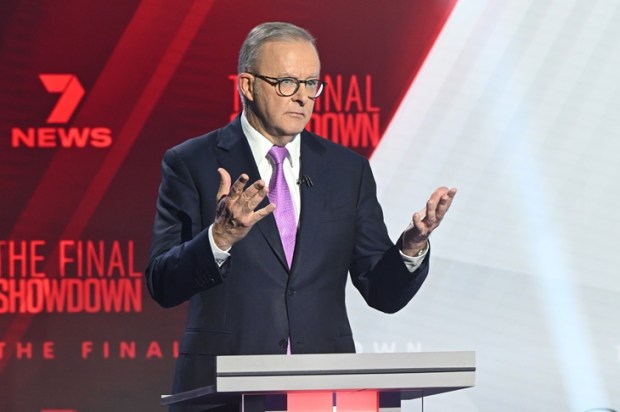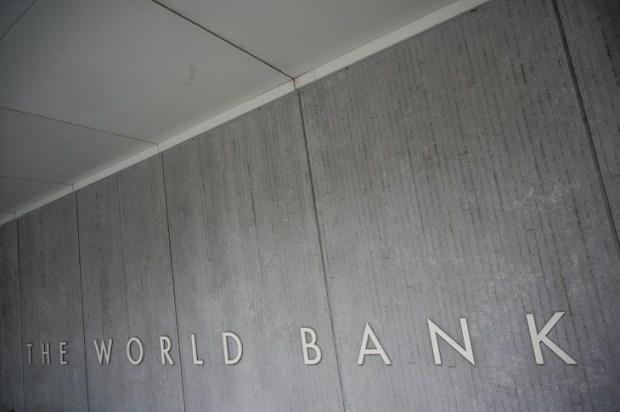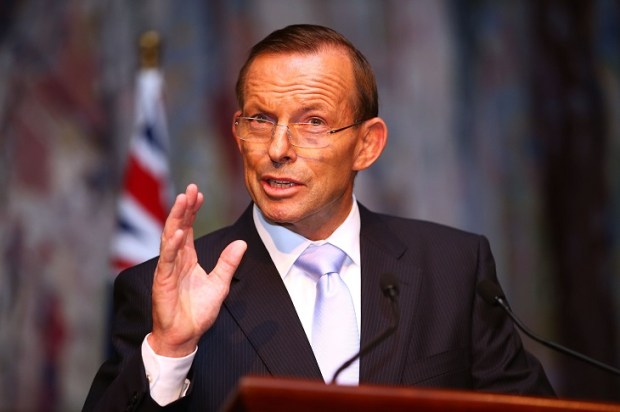(Outgoing) Treasury Secretary Janet Yellen says Net Zero is necessary to combat the ‘existential threat’ of climate change at a cost of $3 trillion per year by 2050 to America. The policies, as passed, have been costed at almost a trillion dollars.
In Trump’s view, ‘The thing that’s an existential threat is not global warming where the ocean will rise, maybe 1/8 of an inch in the next 497 years…’ He labelled the Biden policies to fight climate change as a ‘green new scam’. Running mate and now Vice President-elect JD Vance stated, ‘Electricity already costs 30 per cent more than it did when Ms Harris took office, with projections of another 30 per cent increase … next year. Gasoline prices are up 42 per cent. The Net Zero project is already stifling investment in the coal, natural gas, and nuclear plants that Americans rely on for reliable, affordable ‘base load’ electricity.’
The US Environmental Protection Agency is implementing policies that will force coal generator closures. These include policies that require 90 per cent Carbon Capture and Storage for all coal and most gas plant. Such policies will be terminated as soon as Trump assumes office.
Fearing a Trump victory, European companies that are focused on clean energy are abandoning expansion plans and expect lower sales and decreased funding of US projects.
Former Obama green jobs czar, Van Jones lamented, ‘Early on in my career, we thought we were going to be able to get all the way to our clean energy goals with no fossil fuels. It turned out that wasn’t true.’ But on CNN, with the election result confirmed, he was clearly upset at the prospect that US ‘windfarmers’ are now likely to face serious difficulties.
He is dead right to be so concerned. Not only will American ‘windfarmers’ be daunted by the challenges of a Trump presidency, but also renewable energy subsidy seekers throughout the world. Bear in mind that no significant renewable energy investment anywhere in the world has ever been financed without a subsidy. Australia provides some $16 billion a year to these, their associated transmission, battery and other storage support, and the hydrogen energy con. This includes the $68 billion ‘Capacity Investment Scheme’ under which the government gives contracts to wind and solar and the $100 billion for transmission to bring this highly dispersed source of expensive energy to customers.
Outside America, policy changes in anticipation of a Trump victory were evident even before November 5.
At the political level, the German Finance Minister, a member of the ostensibly free market Free Democrats, this month diverged from his Green and Socialist partners by calling for a diminution of renewable energy subsidies. This will break the ‘Traffic Light Coalition’ and bring new elections early in 2025. Doubtless, the Free Democrats were influenced by Germany’s well-reported industrial torpor, a feature of which is the crisis at VW with energy competitiveness creating conditions under which three of its ten German plants are to close with others threatened.
In August, Ursula von der Leyen was re-elected as European Commission President with a platform included, ‘a Clean Industrial Deal to help energy-intensive sectors transition to climate neutrality’. But EU officials were soon expressing concern that a US withdrawal from the Paris Agreement could be much more damaging than during Trump’s first presidency because it could be implemented without delay and be designed to undermine the Agreement. These concerns would have been aggravated by Farmers all over the EU again blockading cities and dumping produce, protesting the ‘Farm to Fork’ part of the Green New Deal. This requires a reduction in fertiliser use, cuts by at least 10 per cent to agricultural areas, and a conversion of 25 per cent of the European Union’s agricultural land to ‘organic-only’ farming.
And the extreme green Desmog blog vented its apoplexy at Alberta’s ruling conservative party’s recent resolution to abandon Net Zero, remove carbon taxes and acclaim CO2 as beneficial.
Even Australia’s Climate Change and Energy Minister, Chris Bowen, understood that domestic policy will be conditioned by the US election result. He noted that Australia’s 2035 emissions-reduction target could be delayed depending on whether Trump wins and overhauls US climate change and energy policy.
While the EU can bluster about threatening to place greenhouse tariffs on countries that do not have sufficiently robust carbon taxes and do not pay lip service to the Net Zero goals, such policies cannot prevail in the face of opposition from the US. The whole rotten edifice and the enormous costs Net Zero is bringing will be torn down within a year.
Economies cannot be nursed back to health gradually unless long-duration subsidy commitments are cancelled. This is because those contracts (combined with the Woke climate absolutism of corporate and bureaucratic elites) provide subsidies to inexorably high-cost wind and solar. Such subsidies and favours allow wind and solar to seize market share from coal (and, prospectively, nuclear) thereby imposing costs on facilities that best operate continuously.
After navigating the ending of Net Zero policies to discontinue new subsidies, nations like Australia therefore need to turn their minds to dismantling the subsidies already conferred. These have undermined industry competitiveness and imposed needless costs on all energy users. If left in place, they will continue to impose costs, perhaps for decades.

























